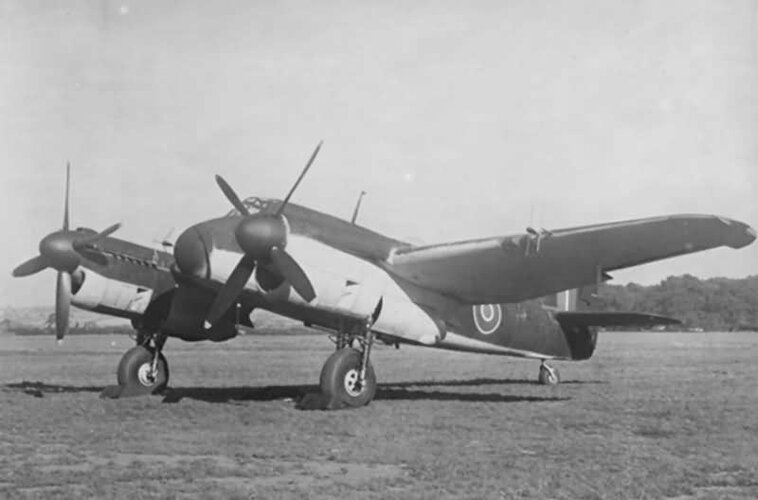Is there a viable scenario where Hawker dumps the Henley to somebody else (Gloster ? d'oh, silly me !), and then a Henley production run taps into the Battle & Defiant thousands of Merlins ?
I unfortunately don’t have Colin Sinnot’s book where fleshes out his arguments in more detail but I have read his thesis online. And IIRC there is what seems to me to be a possibility to have the Henley (or something close) replace the Battle entirely.
In the 20’s the RAF had two kinds of bombers. Light types that were intended to use their speed to get in and out of French airspace (in the 20’s and 30’s the RAF’s abilities were measured against a conflict with France) quickly, minimizing the amount of time the AdA would have to intercept them. They were thus lightly armed and as light and fast as possible. The other type were heavier and slower but better armed. They would depend on their armament for defence and fly at night to avoid most of the strongest fighter defence. Somewhat paralleling the later Heavy bomber/Mosquito split.
In the late 20’s the fast light type was represented by the Hawker Hart while the heavy night bomber was the BP Sidestrand. The Hart was obviously the better of the two in almost every way. And they could both carry about the same bomb load!
The CAS of the day thought that this may prove that single engine bombers were just inevitably superior to twin engine types. He conceded, however, that it was an unfair contest as the Sidestrand was older and more obsolete than the Hart. He thus thought to use the specs intended to replace the two aircraft as a comparative test to settle the issue.
The Sidestrand was up for replacement first, and the advancements in technology allowed this spec to call for a doubled bomb load of 1000 lbs. I can’t remember exactly which aircraft ending up coming out of this spec but it might have been the Wellesley? In any case, when it came time to replace the Hart, the bomb load was also doubled so that the two specs could be compared directly. Despite the objections of Fairey and most likely others involved, both this spec and the single engine requirements were held to. And the result was the Battle. This came just in time to be locked in as the aircraft built by the early shadow factory program and was built in large numbers.
However, part way through the process, perhaps due to the objections of Fairey and others, it was realized that the enlarged aircraft was going to be more of a single engined medium bomber than a Hart replacement. Thus a second spec was issued reducing the bomb load back to 500 lbs and allowing for better performance. The winner of this one was the Henley with the Fairey P.4/34 being the runner up. However, by that time the official competitor had finally switched to Germany, and light bombers were considered to have neither the range nor the bomb load for the task at hand. Thus interest in the Henley died and those that were purchased were generally used for target towing.
So, if you can convince the CAS and/or the specifications writers for the OTL Battle spec that the increase in bomb load will be detrimental and that a real Hart replacement is needed first (or perhaps only) then what you will probably get is an earlier Henley and Fairey P.4/34. Possibly with slightly earlier engines. The winner will likely still be chosen to be built to train up new workers in the shadow factories and be built in numbers. It would then be punted off into the Army Cooperation squadrons as the RAF interest turns to longer range interdiction and strategic bombing. While the Battle (if it exists at all) will be used in other roles as the niche for light bombers is eliminated.
And, voila! You have pilots facing AA and enemy controlled skies in Henley’s instead of Battles! They will still be lost in large numbers and probably not achieve the results asked for, but a few more of them may survive.



